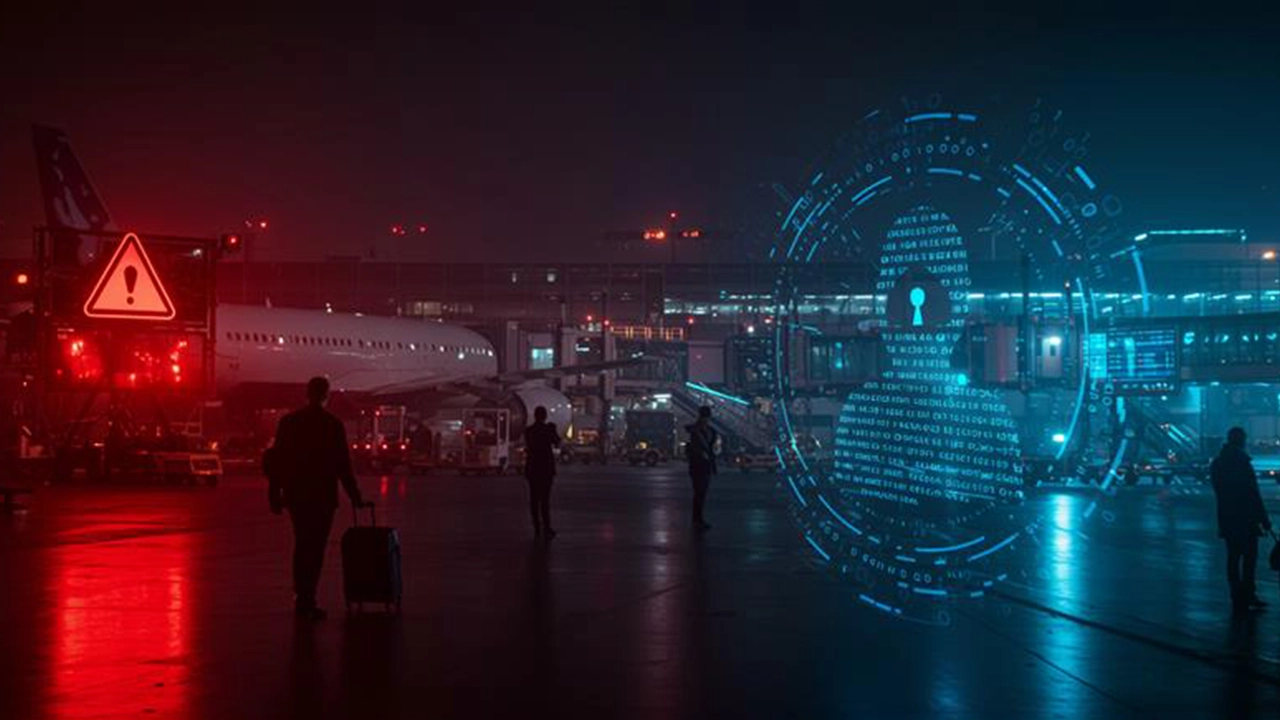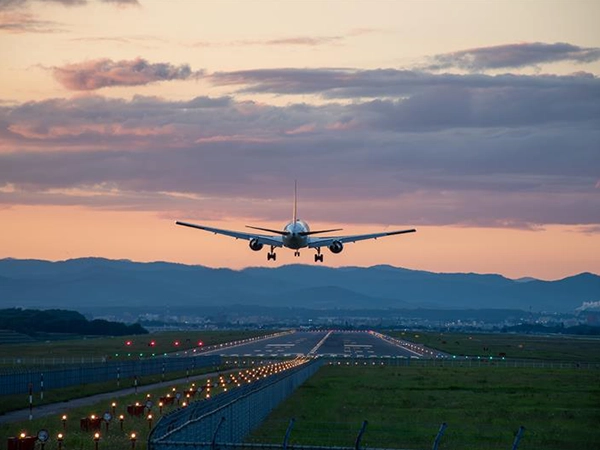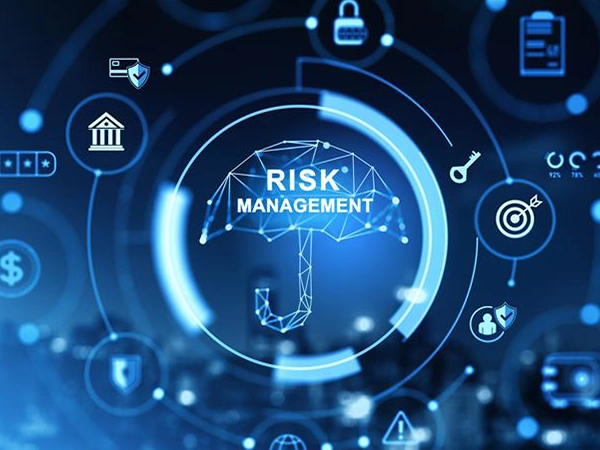The skies above India are bustling—a testament to the nation’s growing economy and connectivity. However, aviation cybersecurity in India becomes an increasingly urgent concern, an insidious threat lurks in the digital shadows—one that has the potential to ground flights, compromise sensitive data, and even endanger lives: ransomware.
This blog explores the real dangers of ransomware attacks on critical aviation systems and the alarming potential for widespread operational disruptions, particularly within the Indian context.
The Allure of Aviation for Cybercriminals
Aviation systems, with their intricate networks and reliance on interconnected technologies, present a tempting target for ransomware gangs. From air traffic control (ATC) systems, navigation aids, and communication networks to ground operations, ticketing systems, and in-flight entertainment, almost every facet of modern air travel is digitized. A successful ransomware attack on any of these critical components could have catastrophic consequences.
How Ransomware Could Ground Indian Flights
Imagine a scenario where a ransomware attack encrypts the data within a major Indian airline’s operational systems. This could lead to:
- Flight Delays and Cancellations
Without access to flight plans, scheduling software, maintenance records, or even passenger manifests, airlines would be severely hampered, leading to widespread delays and cancellations. This not only causes immense inconvenience for passengers but also results in significant financial losses for airlines. - Compromised Air Traffic Control
The most terrifying prospect is a ransomware attack targeting air traffic control systems. Such an attack could disrupt communication between pilots and controllers, cripple radar systems, and compromise flight path management. The potential for mid-air collisions or planes being unable to land safely is a grave concern. - Disrupted Ground Operations
Baggage handling, fueling, and even security checks rely heavily on digital systems. A ransomware attack could bring these ground operations to a standstill, creating chaos at airports. - Supply Chain Vulnerabilities
The aviation sector relies on a complex supply chain of vendors and partners. A ransomware attack on a crucial supplier of parts, software, or maintenance services could have a cascading effect, impacting the operational readiness of aircraft. - Erosion of Passenger Trust
Beyond the immediate disruptions, a major cyberattack on the aviation sector would severely erode public trust in air travel, potentially impacting passenger numbers and the industry’s long-term viability.
The Human Cost: Passenger Safety at Risk
While financial losses and operational disruptions are significant, the ultimate concern is passenger safety. In a worst-case scenario, a ransomware attack could:
- Impede Emergency Response
If communication or navigation systems are compromised, the ability to respond to in-flight emergencies or guide an aircraft to a safe landing could be severely hampered. - Affect Aircraft Maintenance
Ransomware could encrypt maintenance logs or critical diagnostic tools, making it difficult to ensure aircraft are airworthy before departure. - Disrupt Communication in Critical Situations
Effective communication between pilots, ATC, and ground crew is paramount during any flight. Ransomware could disrupt these vital channels, creating dangerous
India’s Aviation Sector: A Growing Target
India’s aviation sector is among the fastest growing in the world. With increased digitization comes increased exposure to cyber risks. The country’s push toward smart airports, digital ticketing, and AI-driven systems—while efficient—also widens the attack surface.
Aviation cybersecurity in India is no longer optional; it’s an urgent national security issue. Airlines, airports, regulatory agencies, and service vendors must prioritize cyber resilience.
Mitigating the Threat: A Collaborative Effort
To combat ransomware threats in the aviation sector, a proactive, multi-layered defense strategy is essential. Key recommendations include:
- Robust Cybersecurity Frameworks
Regularly updated systems with layered defense, real-time monitoring, and zero-trust architecture. - Employee Training and Awareness
Human error remains a primary attack vector. Ongoing training in phishing awareness and secure system practices is critical. - Routine Audits and Penetration Testing
Regular vulnerability assessments and simulated attacks help identify and patch weaknesses before real threats exploit them. - Information Sharing and Collaboration
Strong partnerships between government bodies, airlines, and cybersecurity firms are essential for sharing threat intelligence and response strategies. - Redundancy and Isolated Backups
Maintain secured, offline backup systems to allow rapid restoration of services in case of an attack.
Conclusion: The Time to Act is Now
The threat of ransomware in aviation is no longer theoretical—it’s a present and escalating danger. For India’s rapidly advancing aviation ecosystem, securing digital infrastructure is not just about compliance; it’s about ensuring the safety of millions of passengers and the continuity of a critical industry.
The skies may be open—but without robust cybersecurity, they’re vulnerable. The time to act is now, before the digital skies turn dark.











